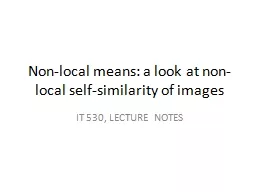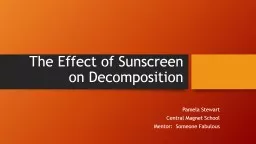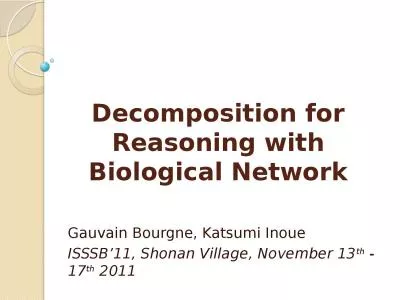PPT-Introduction Traditional post-process material decomposition algorithms are based on pixel-local
Author : relievinglexus | Published Date : 2020-06-15
usually 13 which cannot describe the scanned object exactly In order to enlarge the visual field instead of considering the neighborhood of pixel only we adopt
Presentation Embed Code
Download Presentation
Download Presentation The PPT/PDF document "Introduction Traditional post-process ma..." is the property of its rightful owner. Permission is granted to download and print the materials on this website for personal, non-commercial use only, and to display it on your personal computer provided you do not modify the materials and that you retain all copyright notices contained in the materials. By downloading content from our website, you accept the terms of this agreement.
Introduction Traditional post-process material decomposition algorithms are based on pixel-local: Transcript
Download Rules Of Document
"Introduction Traditional post-process material decomposition algorithms are based on pixel-local"The content belongs to its owner. You may download and print it for personal use, without modification, and keep all copyright notices. By downloading, you agree to these terms.
Related Documents







